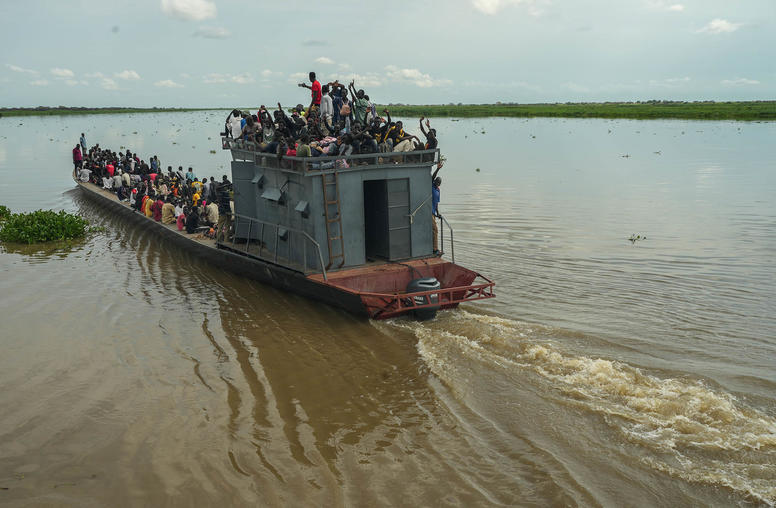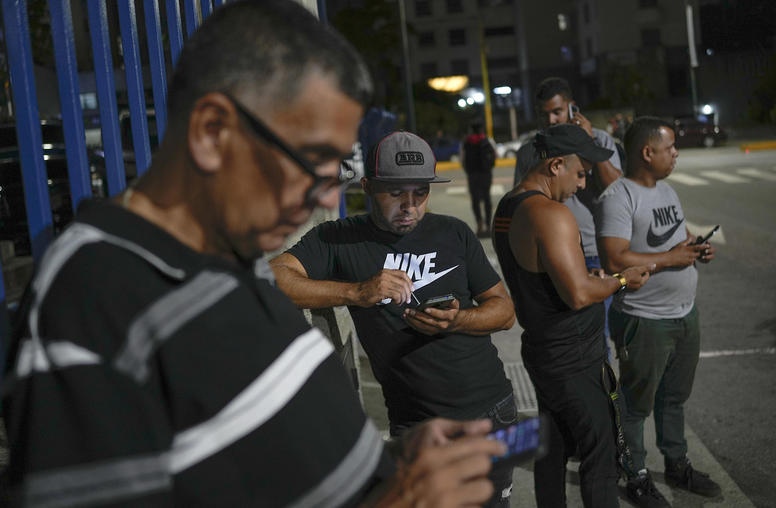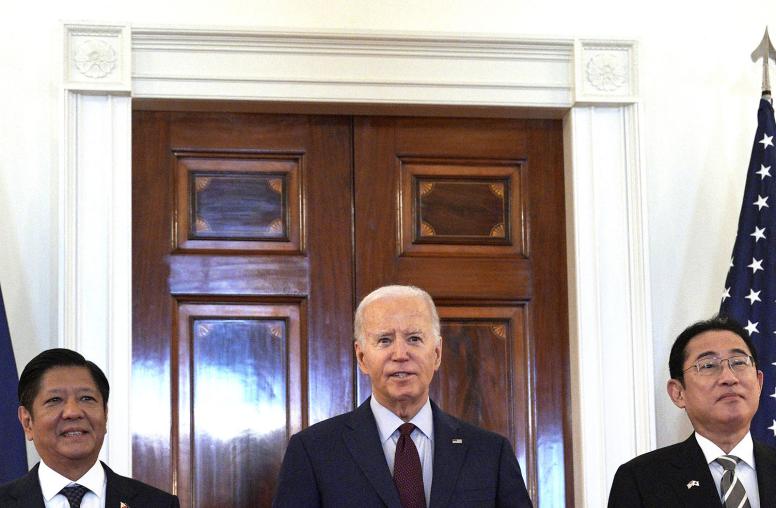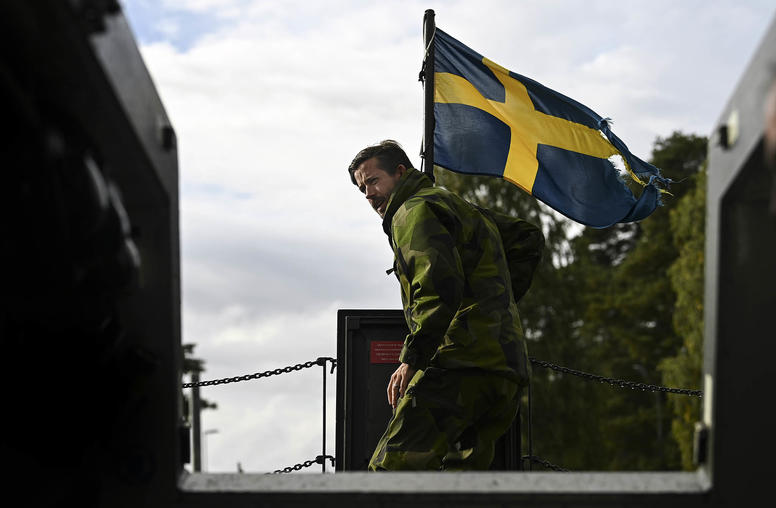Why is Biden Hosting the First U.S.-Pacific Islands Summit Now?
China’s recent engagement in Oceania has drawn U.S. attention — but Washington has always had interests there.
President Joe Biden will host leaders of Pacific Island countries for a summit at the White House from September 28-29, the latest U.S. effort to strengthen ties with a region that is increasingly the focus of competition between China and the United States and its partners. While China is a major force behind the United States’ effort to reengage with the Pacific Islands, strategic competition has also reawakened Washington to its fundamental interests in the region, which have existed for many decades, and long predate the current era of U.S.-China rivalry.
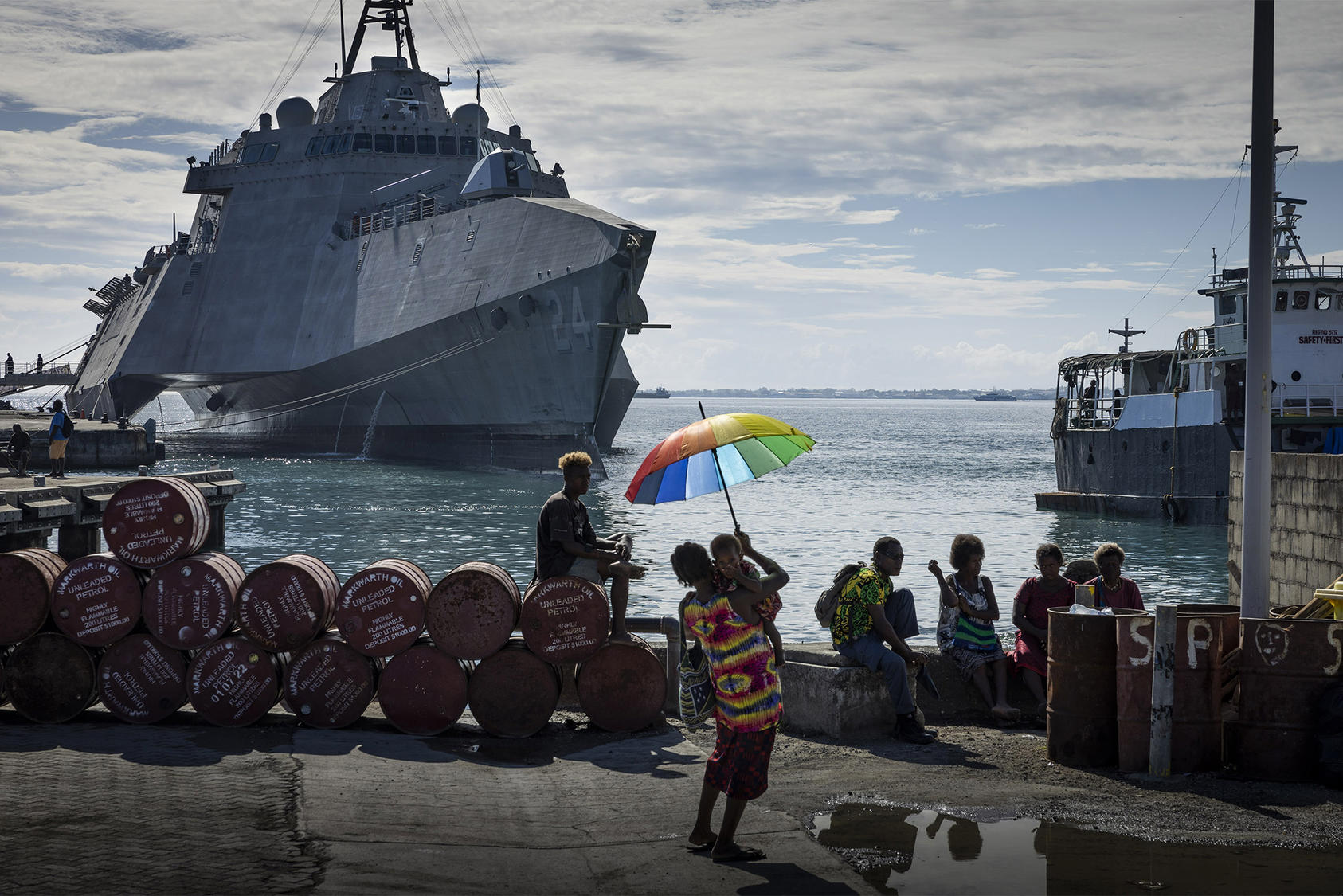
USIP’s Brian Harding and Camilla Pohle-Anderson explain why the summit is happening now, what Pacific Island leaders will be looking for from Washington and how the United States can step up engagement.
This is the first-ever U.S.-Pacific Island leader summit. What led the Biden administration to do this now?
The United States’ engagement with the Pacific Islands has been growing over the last five years. In 2018, Vice President Mike Pence attended the Asia-Pacific Economic Cooperation forum in Papua New Guinea. In 2019, Secretary of State Mike Pompeo visited the Federated States of Micronesia, the first U.S. secretary of state to have done so. Also in 2019, President Donald Trump hosted the presidents of the Freely Associated States — the Republic of Palau, the Republic of the Marshall Islands and the Federated States of Micronesia.
The high-level meetings and visits have increased even more this year. In February, Secretary of State Antony Blinken visited Fiji, the first such visit in three decades. In April, Assistant Secretary of State for East Asian and Pacific Affairs Daniel Kritenbrink and National Security Council Indo-Pacific Coordinator Kurt Campbell traveled to Fiji, Papua New Guinea and Solomon Islands, following on from a visit to Palau for the Our Ocean Conference, which was co-hosted by Special Presidential Envoy for Climate John Kerry.
In July, Vice President Kamala Harris gave a virtual address at the Pacific Islands Forum (PIF) in which she announced plans for greater U.S. engagement with the region, including the opening of new embassies, the return of the Peace Corps to the region and increased funding to the Forum Fisheries Agency. In August, U.S. Department of State Deputy Secretary Wendy Sherman and Ambassador to Australia Caroline Kennedy travelled to Solomon Islands to commemorate the 80th anniversary of the Guadalcanal campaign. Now, President Biden will host the leaders of Pacific Island countries for a first-ever White House summit.
The Pacific Islands region also played prominently in the White House’s February 2022 Indo-Pacific Strategy, which stated that the United States would “seek to be an indispensable partner to Pacific Islands nations.”
U.S. interest in the Pacific Islands is growing because of concerns about China’s regional ambitions, including its efforts to get Taiwan’s diplomatic partners to switch recognition — as Solomon Islands and Kiribati both did in 2019 — and its endeavors to establish a military presence in the region. In March 2022, Solomon Islands signed a secretive security agreement with China that could lay the groundwork for a Chinese military facility in the strategically located archipelago.
However, the United States has fundamental interests in the Pacific Islands regardless of China’s engagement. The United States is a Pacific nation, with territories in the region including the state of Hawai'i, American Samoa, the Commonwealth of the Northern Mariana Islands and Guam. The United States also has exceptionally close relationships with the Freely Associated States, which were formerly U.S.-administered trust territories. Democratic norms generally flourish across the region and Pacific Island nations have for decades been at the forefront of efforts to elevate the issue of climate change.
What will Pacific Island leaders seek from the United States?
Pacific Island leaders want commitment from Washington, and commitment with consistency. These leaders know that the United States and its partners are concerned about China’s growing influence in the region, and some regional leaders have voiced similar concerns. But Pacific Island countries would prefer for Washington to engage with them for their own sakes, not only to counter China. If the United States’ renewed focus on the Pacific Islands is only driven by competition with China, they worry, then U.S. engagement will fade when China is no longer paying attention to the region. Moreover, Pacific Island countries do not want to be forced to choose between the United States and China.
For Washington to successfully counter Beijing’s influence in the Pacific Islands, it must engage with the Pacific Islands on issues important to them and downplay the geopolitical competition angle. Pacific Island countries see climate change as their primary security concern because it is an existential threat to Pacific Islanders’ livelihoods, safety and security, and the very existence of low-lying atoll nations. Pacific Island countries are first and foremost seeking ways to adapt to and mitigate the impacts of climate change — which is also why U.S. efforts to criticize China for its CO2 emissions often play poorly in the Pacific. (China is a major emitter, but the United States and Australia emit more per capita.)
Pacific Island leaders also seek greater economic development — especially in the wake of the COVID-19 pandemic, which devastated tourism-dependent economies — and better protection for fisheries, including bolstering local capacity to combat illegal fishing. At the 2022 Pacific Islands Forum, regional leaders endorsed the 2050 Strategy for the Blue Pacific Continent, “the overarching blueprint to advance Pacific regionalism for the next three decades, articulating the region’s long-term vision, values, and key thematic areas and strategic pathways.” Any plans for deeper U.S. engagement should be in line with the 2050 strategy to resonate with Pacific Islands partners.
In addition to climate change mitigation, economic development and fisheries protection, Pacific Island leaders probably hope to see more regular U.S. engagement with the region, including the opening of new embassies, the return of the Peace Corps and more regularity and consistency in diplomatic visits. Pacific Island leaders will also be receptive to initiatives such as providing more scholarships for Pacific Islanders to receive educations in the United States.
What can the United States do to increase engagement?
At the summit, the White House is expected to announce its first-ever national strategy for the Pacific Islands, which will fit within the Indo-Pacific Strategy. The strategy will most likely include promises that the United States government made at the PIF and in the following months, and the summit will reflect the United States’ "broadening and deepening cooperation on key issues such as climate change, pandemic response, economic recovery, maritime security, environmental protection, and advancing a free and open Indo-Pacific," according to a statement by the White House.
At the PIF, Harris acknowledged that Pacific Island countries have not received the attention that they deserve in the past. Strengthening U.S. partnerships in the Pacific Islands is only the first step for the United States to accomplish its goals in the region. For Washington’s new strategy to be successful, U.S. engagement with the Pacific Islands must be robustly sustained for years to come. Ultimately, for the United States to be an indispensable partner, it will need to invest the time and resources to develop the types of personal relationships that drive and sustain diplomacy in the Pacific.
